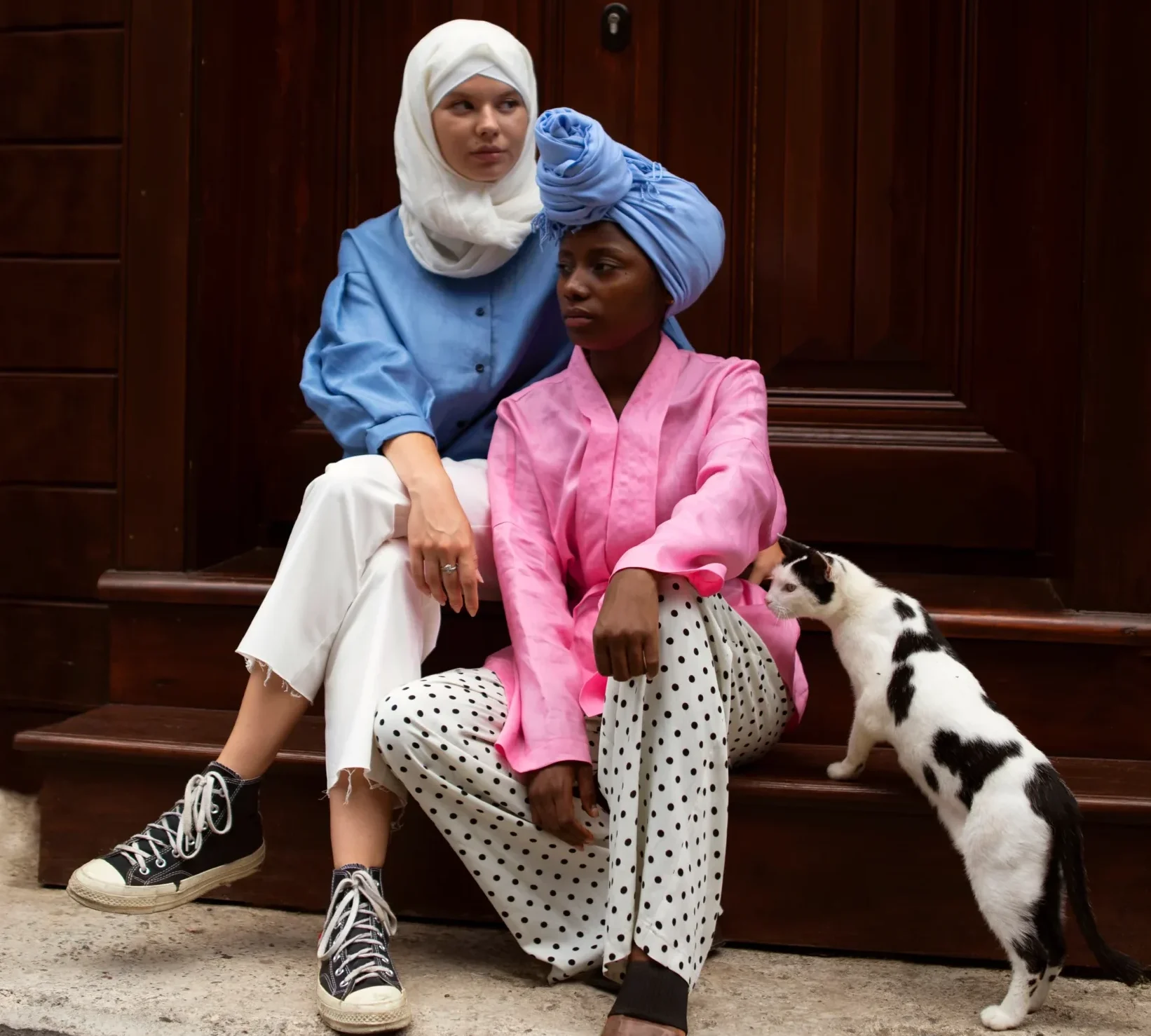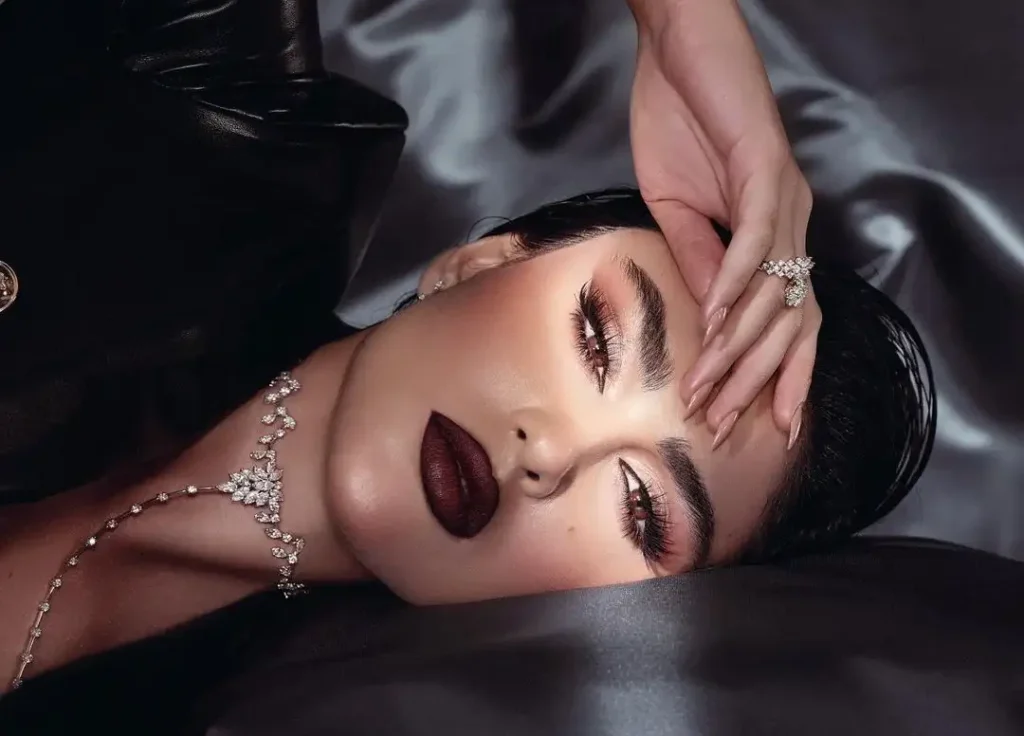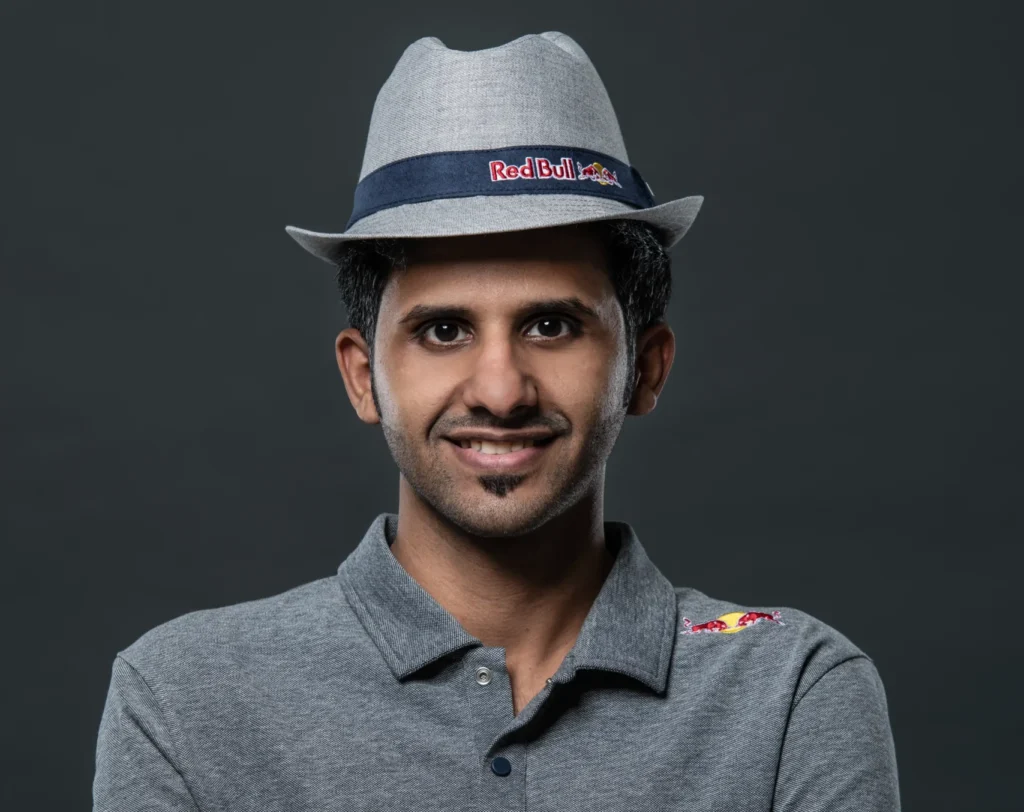Cultural Fusion
The New Middle Eastern Creative Wave
By Marina Ezzat Alfred

Lately, the Middle East has become a really exciting center for creative work, a fascinating mix of old traditions and what’s hot in the global art scene right now. Artists, filmmakers, designers – even musicians – are all drawing on their incredible cultural history while also taking on modern ideas, creating a super diverse and unique artistic world. This piece looks at how this blending of cultures is changing art in the region, focusing on some of the key people and artistic trends leading this fresh wave of creativity.
Landscape of Cultural Fusion
The Middle East boasts a vibrant mix of cultures, languages, and traditions. This incredible diversity has always shaped its art and design, but now, in the 21st century, a fresh wave of artists is pushing creative boundaries.They’re brilliantly blending their local heritage with global influences, you see. It’s not just a simple mash-up of styles; it’s a genuine conversation between past and present, resulting in amazing creations that connect with people both at home and around the world.
Influences of Heritage
Heritage is a huge part of how many artists in this region create their work. They often take traditional designs, skills, and stories and give them a modern twist. Take calligraphy, for example – it’s hugely important in Islamic culture – and you see contemporary artists completely reinventing it. El Seed, a French-Tunisian artist, blends graffiti with Arabic calligraphy, making massive murals that celebrate both his background and the city. His art really shows how you can bring old traditions into the modern world and share them with new people.
It’s the same with textiles and patterns in fashion design. Zaha Hadid, that amazing Iraqi-British architect, used geometric patterns from Islamic art in her buildings, making structures that are both brand new and deeply connected to her roots. It’s a way to honor the past, but also to put Middle Eastern styles right into the middle of global design conversations.
Global Aesthetics and Modern Influences
Heritage is still a big deal, of course, but Middle Eastern artists are really embracing global styles these days. This mixing of ideas makes their work richer, you know? It lets them express themselves in more interesting ways that speak to all sorts of people. Take Nadine Labaki, a Lebanese filmmaker – she makes movies about universal themes, but they’re always grounded in Lebanese life. Her film *Capernaum*, for example, got huge international praise for its honest look at kids and poverty in Beirut. It perfectly shows how a very local story can still connect with people everywhere.

Social media’s been a game-changer too. It lets artists share their work with the whole world, leading to all kinds of collaborations that ignore borders. This online connection has built a real sense of community, encouraging them to experiment and talk to each other. It’s all blurring the lines between what’s “local” and what’s “global” even more.
Role of Festivals and Institutions
In the MENA region, cultural festivals and institutions are absolutely key to driving this creative surge. Think Dubai Design Week or the Sharjah Biennial – they’re amazing platforms showcasing artists and designers, really fostering collaboration and new ideas. These events don’t just spotlight local talent; they draw in international artists too, sparking dialogue and exciting exchanges. Organizations like the Arab Fund for Arts and Culture are equally vital, supporting emerging artists and letting them explore their identities through their art. Funding projects that cleverly blend traditional and modern styles, they’re instrumental in shaping the next wave of Middle Eastern creativity.
Impact of Technology
Technology’s a huge part of the cultural melting pot happening in the Middle East. Digital tools and online platforms let artists play around with new ways of creating and reach a much bigger audience. Think virtual and augmented reality – artists are using them to make really immersive art that grabs people’s attention in exciting new ways. Take Alaa Minawi, a Syrian artist, for instance; she uses tech to mix traditional storytelling with modern digital art, making pieces that really make you think and want to get involved.
What’s more, e-commerce has blown up, giving designers a global stage to show off their work, cutting out the middleman of traditional shops. This opens things up for local craftspeople to compete worldwide, supporting sustainable practices and keeping traditional skills alive.
Profiles of Notable Creatives
Hanan al-Najjar, a leading Emirati filmmaker, delves into identity and belonging in her short films. She seamlessly blends traditional Emirati culture with commentary on modern social issues, resulting in a captivating mix of old and new. Joud Al-Masri, a Palestinian fashion designer, similarly uses her heritage as a springboard for contemporary designs. Her clothing line features traditional embroidery techniques, yet boasts modern cuts, attracting a worldwide following. Lebanese illustrator and graphic designer, Maya Zankoul, tackles social issues with humor and sharp wit. Her lively illustrations explore both local and global themes, sparking conversation and connection across borders. Finally, Egyptian photographer and filmmaker Youssef Nabil masterfully fuses nostalgia and modern aesthetics. His striking portraits evoke the region’s rich cinematic history, while employing cutting-edge techniques, creating a beautiful link between past and present.
Challenges and Opportunities
Cultural fusion’s blossoming in the Middle East is exciting, but it’s not without its hurdles. Political turmoil, uneven economic landscapes, and censorship all create obstacles for artists, silencing some voices. Yet, artists there are incredibly resilient, pushing forward with their powerful work, shaping the cultural scene.
What’s more, growing global interest in Middle Eastern art is opening doors. Collaboration is easier, and more people are seeing their work. The international art world’s embracing Middle Eastern artists, giving them a chance to shine and find support.
Middle Eastern culture’s amazing new fusion is a powerful reflection of its deep history and how it’s so actively embracing global art. Modern artists, filmmakers, and designers are pushing creative boundaries, cleverly mixing old traditions with modern ideas. The result? Exciting new works that really connect with people everywhere. This creative surge is not only making the region’s art scene richer, it’s also helping the world understand and appreciate Middle Eastern culture better. These artists have a bright future ahead as they explore the challenges of identity, tradition, and modern life, creating a unique and lively cultural story all their own.



